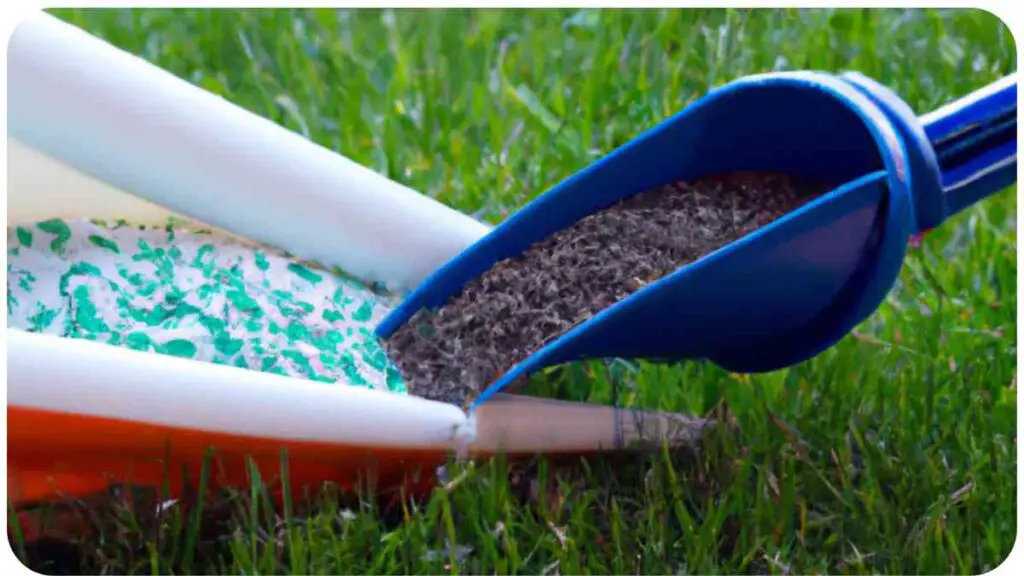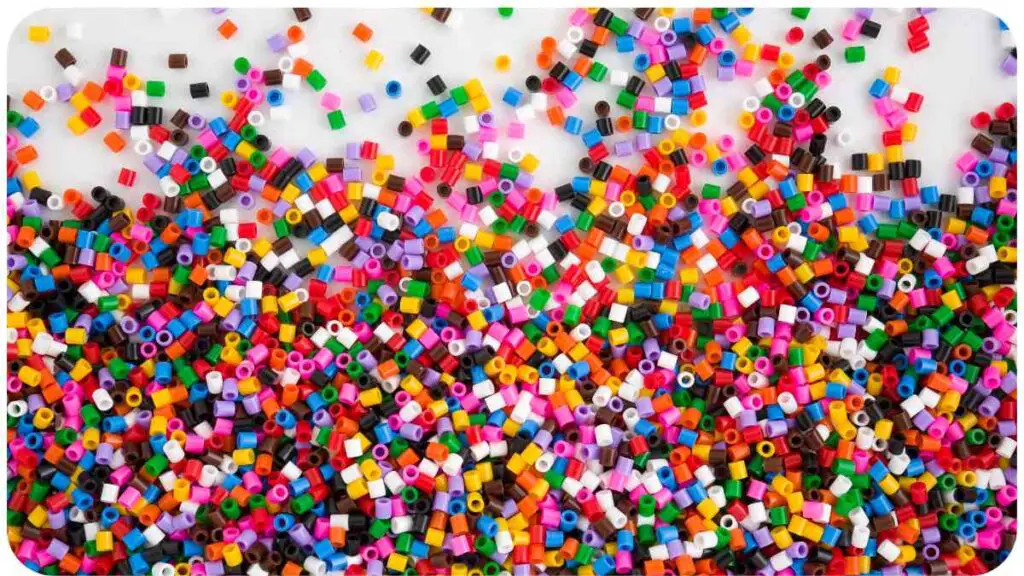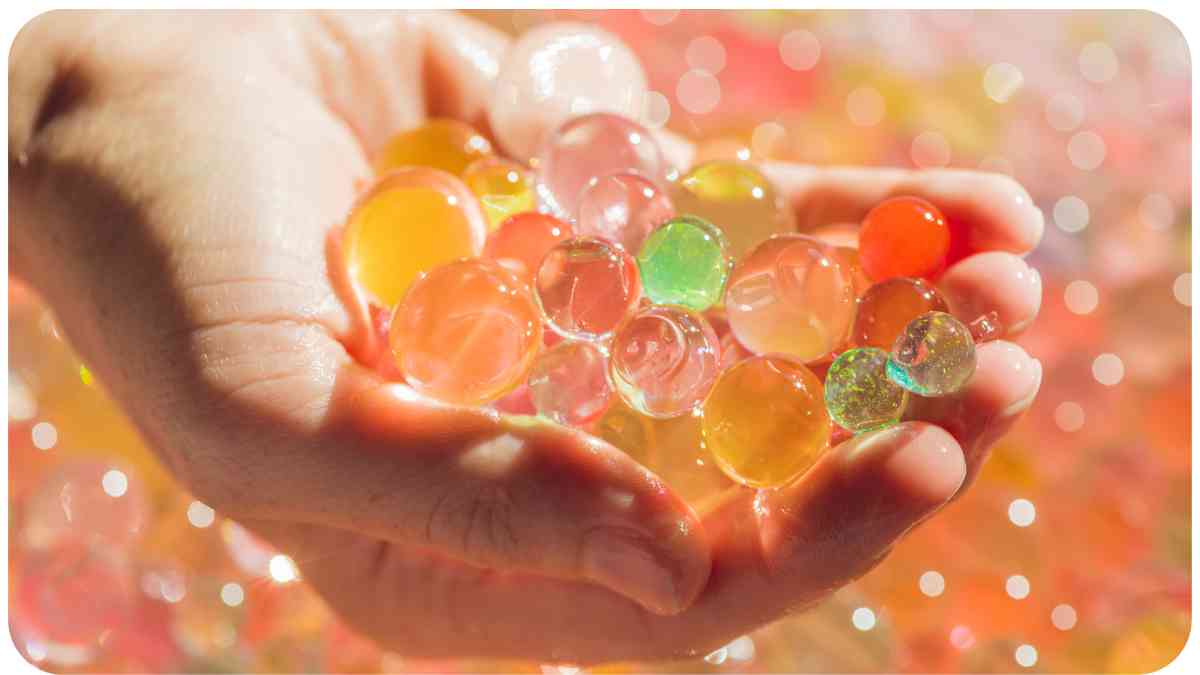Sensory play is an essential aspect of a child’s development, allowing them to explore their senses and enhance cognitive abilities. One popular sensory material that has gained attention in recent years is water beads. These tiny, colorful beads can provide hours of engaging play for children, but like any sensory material, there are pros and cons to consider.
In this article, we will delve into the advantages and disadvantages of using water beads in sensory play. We will also provide safety tips, creative play ideas, and insights based on our own experience and expertise in the field.
| Takeaway |
|---|
| Water beads can offer a unique sensory experience for children. |
| Supervision is crucial to prevent choking hazards associated with water beads. |
| Proper cleaning and storage of water beads can prolong their lifespan. |
| Water beads should be disposed of responsibly to prevent environmental pollution. |
| Incorporating water beads in sensory play can contribute to child development. |
2. What Are Water Beads?
Water beads, also known as gel beads or water marbles, are small polymer balls that expand when soaked in water. They start off as tiny hard beads and transform into gel-like orbs once hydrated. The beads are non-toxic and come in a variety of vibrant colors. They are commonly used in sensory activities, decorative arrangements, and vase fillers.
“Engaging toddlers in sensory activities not only aids their tactile exploration but also significantly amplifies their cognitive abilities. Diving into sensory play for enhanced learning and development opens up a world of discovery for them.”
Table 1: Comparison of Water Beads and Other Sensory Materials
| Sensory Material | Texture | Ease of Use | Versatility |
| Water Beads | Gel-like | Easy | Versatile |
| Kinetic Sand | Moldable | Moderate | Moderate |
| Playdough | Squishy | Easy | Versatile |
| Rice | Granular | Easy | Limited |
| Foam Shapes | Soft | Easy | Versatile |
3. How Do Water Beads Work?

When water beads come into contact with water, they absorb the water molecules and expand in size. This expansion occurs due to osmosis, as the tiny polymers within the beads swell and retain water. The result is a squishy and gel-like texture that children find fascinating to touch and explore. Water beads provide a unique sensory experience as they are smooth, pliable, and cool to the touch.
4. The Benefits of Water Beads in Sensory Play
Using water beads in sensory play offers several benefits for children’s development and engagement. Let’s explore the advantages:
- Enhanced Sensory Exploration: Water beads have a unique texture that stimulates the senses and encourages hands-on exploration. Children can feel the smoothness, watch the colors change as they absorb water, and enjoy the satisfying squishy sensation.
- Fine Motor Skills Development: Manipulating water beads strengthens children’s finger muscles and promotes dexterity. Scooping, pouring, and picking up the beads with tools develop fine motor skills required for tasks like writing, buttoning clothes, and tying shoelaces.
- Cognitive Stimulation: Sensory play with water beads can enhance a child’s cognitive abilities. Sorting, counting, and classifying them based on color, size, or texture can boost problem-solving skills, critical thinking, and mathematical concepts.
- Language and Communication: Water bead play provides a conducive environment for language development. Children can engage in conversations, describe their experiences, and learn new vocabulary related to sensory attributes, colors, and shapes.
Table 2: Pros and Cons of Water Beads
| Pros | Cons |
| Enhanced sensory exploration | Potential choking hazard for small children |
| Fine motor skills development | Environmental concerns due to non-biodegradable nature |
| Cognitive stimulation | Risk of beads clogging drains and pipes |
| Language and communication | Risk of accidental ingestion or inhalation |
5. The Downsides of Water Beads
While water beads offer many advantages, it’s important to consider the potential downsides as well. Here are some factors to keep in mind:
- Potential Choking Hazard for Small Children: Water beads are small and can be easily swallowed or lodged in the airways of young children. It is crucial to supervise children closely during sensory play and ensure that they do not put the beads in their mouths.
- Environmental Concerns: Water beads are non-biodegradable and can contribute to environmental pollution. If not disposed of properly, they can end up in water bodies and harm aquatic life. It is essential to dispose of used water beads responsibly.
- Risk of Beads Clogging Drains and Pipes: When water beads are flushed down the drain, they can accumulate and block pipes. This can lead to plumbing issues and costly repairs. To prevent this, it is recommended to discard used water beads in the trash rather than flushing them.
- Risk of Accidental Ingestion or Inhalation: Although water beads are non-toxic, accidental ingestion or inhalation can still pose health risks. If a child ingests or inhales water beads, it is necessary to seek medical attention immediately. For added safety, it is advisable to choose larger-sized beads that are less likely to be swallowed or inhaled.
“As children grow, introducing them to a diverse range of sensory experiences becomes paramount. Understanding the role of toys in bolstering toddler’s sensory play can unlock numerous developmental milestones.”
6. Safety Considerations with Water Beads

To ensure the safe use of water beads during sensory play, it is important to follow these guidelines:
- Age Appropriateness: Water beads should only be used with children who are old enough to understand the importance of not putting them in their mouths. It is generally recommended for children above the age of three.
- Supervision: Adult supervision is crucial when children are playing with water beads to prevent accidents and ensure their safety.
- Proper Storage: Store water beads in a secure and inaccessible container when not in use. This will prevent accidental access by young children and pet ingestion.
- Hydration Monitoring: Regularly monitor the hydration level of water beads. If they become dehydrated and shrink in size, they can pose a choking hazard. Add water as needed to maintain their gel-like consistency.
“Choosing the right sensory material is essential for a child’s tactile experience. A comparison between sensory sand and kinetic sand can shed light on their respective pros and cons, aiding in better-informed decisions.”
Table 3: Tips for Safely Using Water Beads
| Safety Tip |
| Supervise children during water bead play |
| Discard used water beads in the trash, not the drain |
| Choose larger-sized water beads for added safety |
| Store water beads securely and out of reach |
| Monitor hydration level to prevent choking hazards |
7. How to Use Water Beads Safely
Now that we’ve discussed the safety considerations, let’s explore some tips for using water beads safely in sensory play:
- Pre-Soaking and Hydrating: Before starting sensory play with water beads, it is essential to pre-soak them in water for several hours. This allows the beads to fully hydrate and reach their optimal size and texture. Follow the instructions provided with the water bead product for best results.
- Containment and Boundaries: Use a designated sensory play area to keep the water beads contained. This could be a large tray, bin, or sensory table. Setting boundaries helps prevent the beads from scattering and makes cleanup easier.
- Exploration Tools: Provide children with various tools and containers to enhance their exploration. Spoons, scoops, cups, and funnels can add different dimensions to the sensory experience and encourage imaginative play.
- Sensory Combinations: Combine water beads with other sensory materials to create a multi-textured experience. Add them to a sensory bin with sand, rice, or foam shapes for more diverse sensory play options.
“Every child deserves an environment that fosters growth and learning. Integrating sensory play for children with special needs into their routine can bridge developmental gaps and offer therapeutic benefits.”
Table 4: Sensory Play Ideas with Water Beads
| Sensory Play Idea | Materials Needed |
| Underwater Adventure | Water beads, toy sea creatures, blue food coloring |
| Color Sorting and Counting | Water beads in different colors, sorting trays, number cards |
| Sensory Ice Sculptures | Water beads, ice cube trays, freezing molds |
| Kitchen Sink Exploration | Water beads, kitchen utensils, floating toys |
| Fairy Garden Sensory Play | Water beads, miniature garden accessories, tiny figurines |
8. Cleaning and Storing Water Beads
Proper cleaning and storage of water beads can help prolong their lifespan and ensure their reuse in future sensory play activities. Here are some recommendations:
- Draining and Drying: To clean water beads, drain them of excess water and spread them out on a towel or tray to air dry. This helps prevent mold or bacterial growth. Avoid using heat or direct sunlight for drying, as it can affect the integrity of the beads.
- Sanitizing: If water beads come into contact with dirt or contaminants, it is advisable to sanitize them before reuse. Soak the beads in a solution of water and mild soap, gently agitate them, and rinse thoroughly. Allow them to dry completely before storage.
- Storage Containers: Store water beads in airtight containers or resealable bags to maintain their moisture content. Keep them away from direct sunlight and extreme temperatures. Label the containers to avoid confusion with other materials.
- Refreshing and Reviving: Over time, water beads may start to dehydrate or lose their original texture. To revive them, soak them in water again until they expand to their desired size. If the beads show signs of deterioration or have been used extensively, it may be time to replace them.
“Sensory experiences mold a child’s understanding of the world around them. By grasping the science behind sensory play, parents and educators can curate more impactful and beneficial activities.”
9. Conclusion
Water beads can be a fantastic sensory material for children, offering a unique tactile experience and stimulating their senses. However, it is crucial to consider the pros and cons before incorporating them into sensory play activities. By understanding the benefits and potential risks associated with water beads, parents, caregivers, and educators can make informed decisions to ensure the safety and enjoyment of children.
Throughout this article, we have explored the advantages of water beads, such as enhanced sensory exploration, fine motor skills development, cognitive stimulation, and language and communication growth. We have also highlighted the potential downsides, including the risk of choking, environmental concerns, plumbing issues, and the possibility of accidental ingestion or inhalation.
To use water beads safely, it is important to follow the recommended guidelines and safety tips. Supervise children during play, choose appropriate-sized beads, and store them securely. By incorporating water beads into sensory play, children can engage in exciting and educational activities that foster their development and creativity.
Remember to always prioritize safety, provide clear boundaries, and ensure proper cleaning and storage. Water beads can be a valuable tool in sensory play when used responsibly and with a focus on the well-being of children.
So go ahead and explore the fascinating world of water beads, indulge in their sensory wonders, and create memorable play experiences for the little ones in your life!
Further Reading
Here are some additional resources on water beads and sensory play:
- 7 Days of Play: Water Beads Guide: This comprehensive guide provides information on water beads, their benefits, and various sensory play ideas.
- Mother & Baby: Water Beads for Sensory Play: This article discusses the benefits of water beads in sensory play and provides recommendations for safe usage.
- HealthyChildren.org: Water Beads – Harmful?: This resource from the American Academy of Pediatrics explores the potential risks associated with water beads and offers guidance on safe use.
FAQs
Here are some commonly asked questions about water beads and their answers:
Are water beads safe for young children?
Water beads can pose a choking hazard for young children if swallowed. It is essential to supervise children closely during sensory play and ensure they don’t put the beads in their mouths.
How do I clean water beads?
To clean water beads, drain them of excess water and spread them out to air dry. If they come into contact with dirt, you can soak them in a solution of water and mild soap, then rinse thoroughly and let them dry completely before storing.
Can water beads be reused?
Yes, water beads can be reused if they are properly cared for. After use, you can clean and store them in airtight containers for future sensory play activities.
Are water beads biodegradable?
No, most water beads are not biodegradable. They are made from non-toxic polymers, but their disposal can contribute to environmental pollution. It is important to dispose of used water beads responsibly and avoid flushing them down the drain.
Where can I buy water beads?
Water beads can be purchased online or at craft stores. Many online retailers offer a wide variety of colors and sizes to choose from.
Create a single column takeaway table based on this blog title

Meet Hellen James, the multi-talented writer and nurturing mother who takes young readers on a thrilling journey through her sensory-infused blog. Drawing inspiration from her own experiences as a parent.

